CityPlaceN1
Senior Member
I look at stories like that and wonder what would have become of him and the rest of the world had he survived that day. I think the same thing when I see tombstones of young people that died. The whole "butterfly effect".

That poor, stupid young man. Thirty years of life, and a century later all that remains of his memory is that short and stark newspaper article.

I love the way these small stories remind us of how the past continues to dwell amongst us. The fact that we can still walk by this very bank today, and know that it is the exact same building and place where this unfortunate fellow took his life 94 years ago, is strangely haunting. There is no plaque, there's no memorial, and there’s not a person alive who knew him –but he lived and died in this very place.
Its a small, tragic but ultimately insignificant story, buried deep in the paper on a day when the news was all about the sinking of the Britannic (the sister ship of the RMS Titanic) by the Hun, and the death of John Boyd. And yet stories like this (they don’t have to be tragic) are much more likely to remind us of ourselves—because they remind us that behind the city we pass through and inhabit daily in 2010, is the memory of another city--with another set of people living in it who are very much like us—and it’s the same place.
I’ve always liked the word palimpsest as a way of describing the way buildings are inscribed by history. It was a common practice, particularly in medieval ecclesiastical circles, to rub out an earlier piece of writing by means of washing or scraping the manuscript, in order to prepare it for a new text. A palimpsest is that manuscript on which an earlier text has been scrapped off, and the vellum or parchment used again and again. In time the same piece of parchment or vellum starts to show its age, and the residue of all the earlier texts starts to show through. I sometimes think cities are like that.

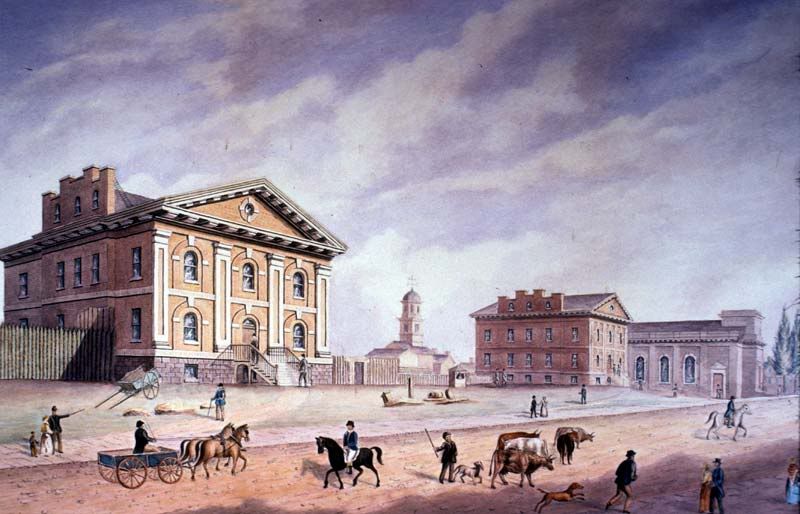
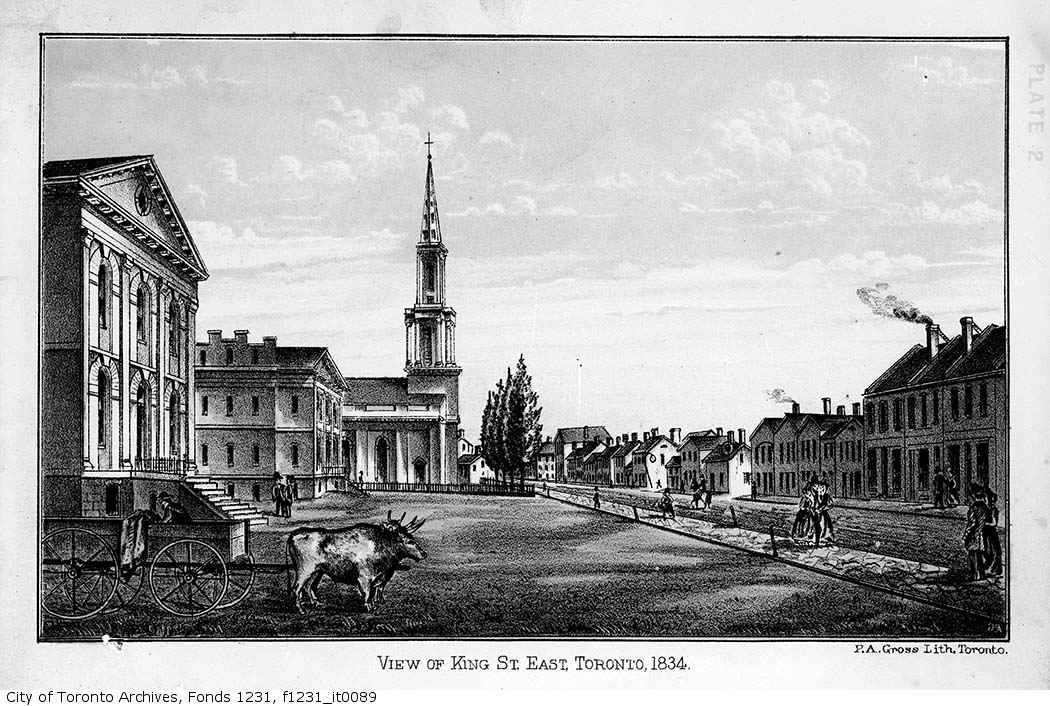
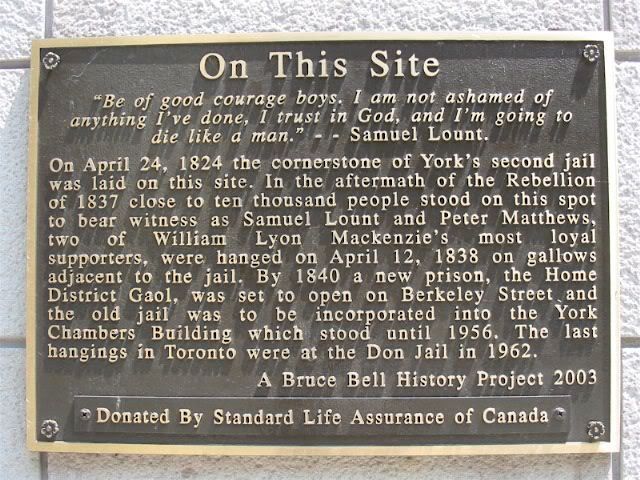
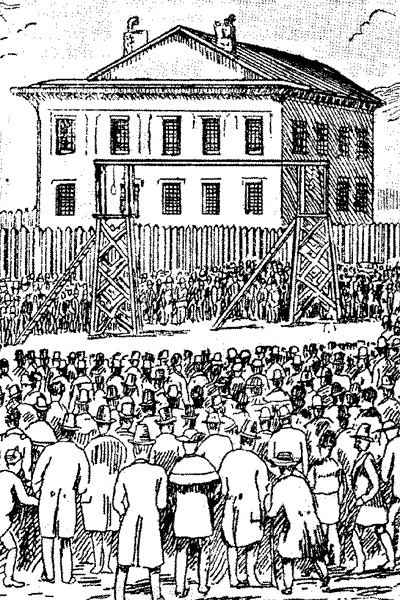
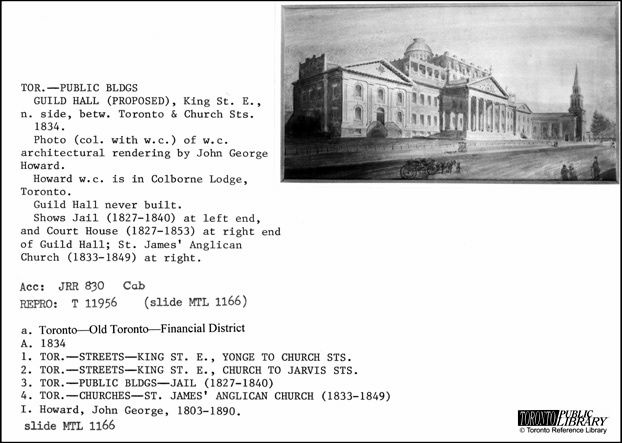
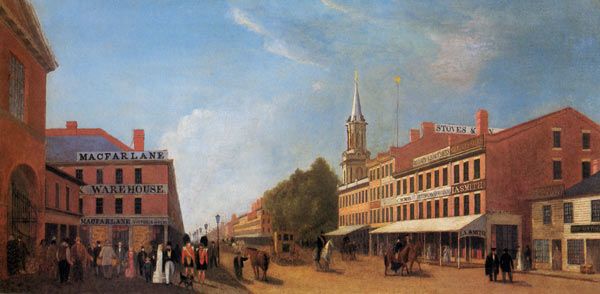
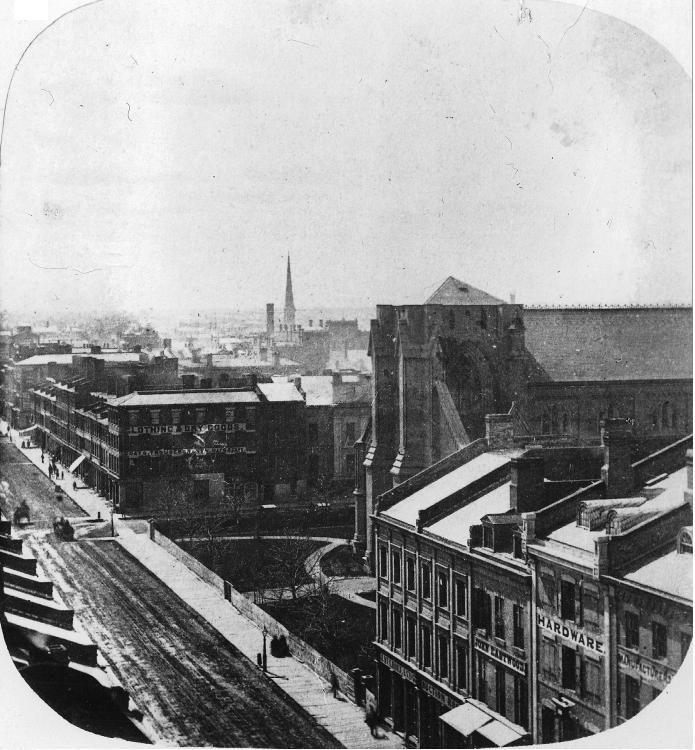

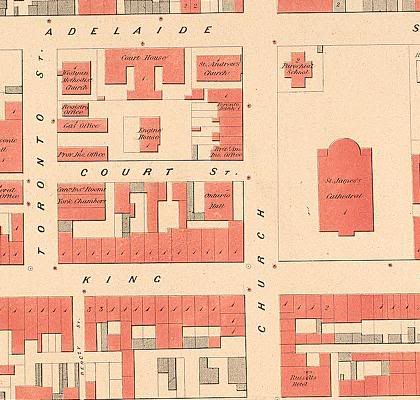
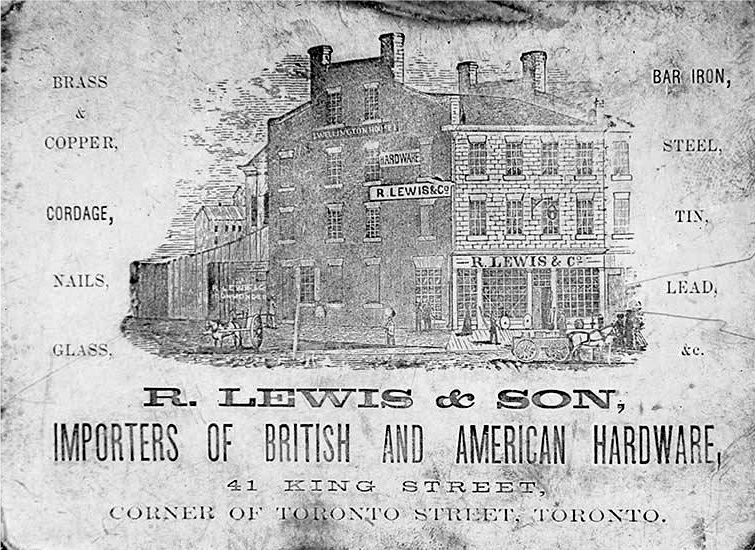
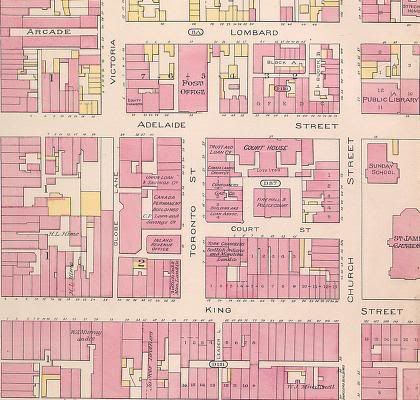
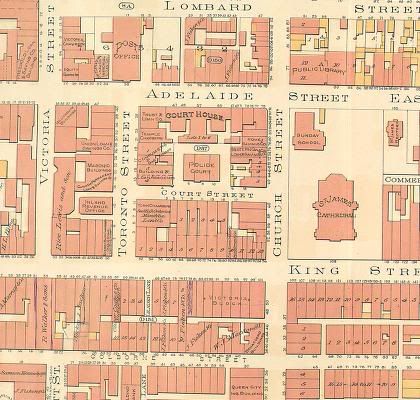
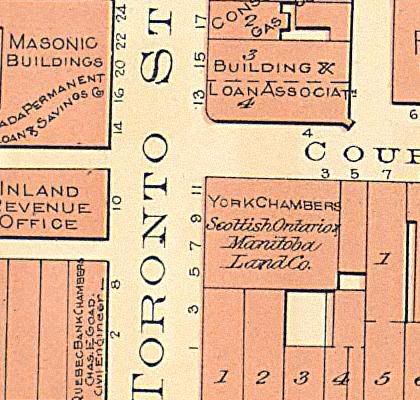
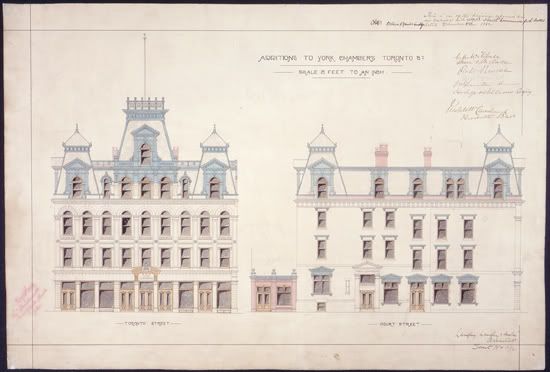
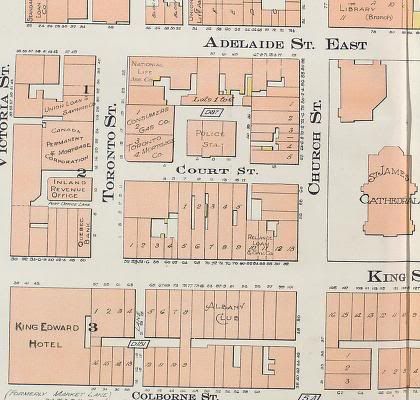
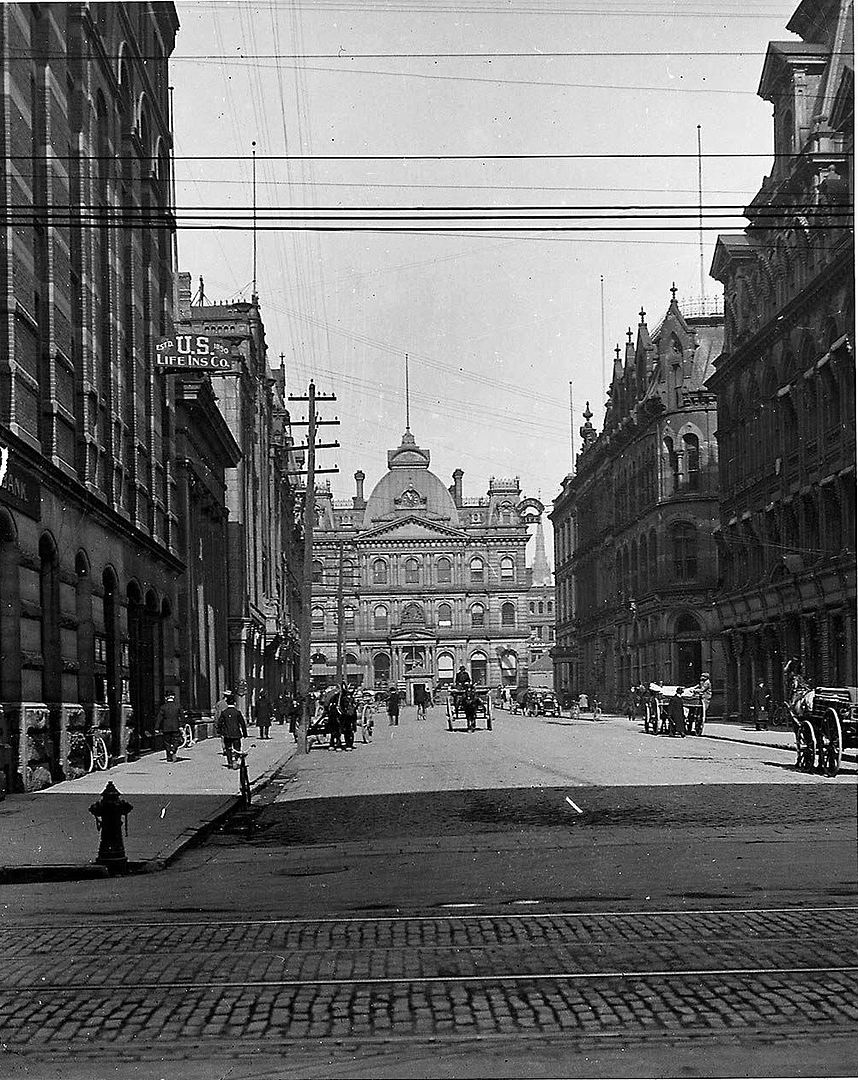
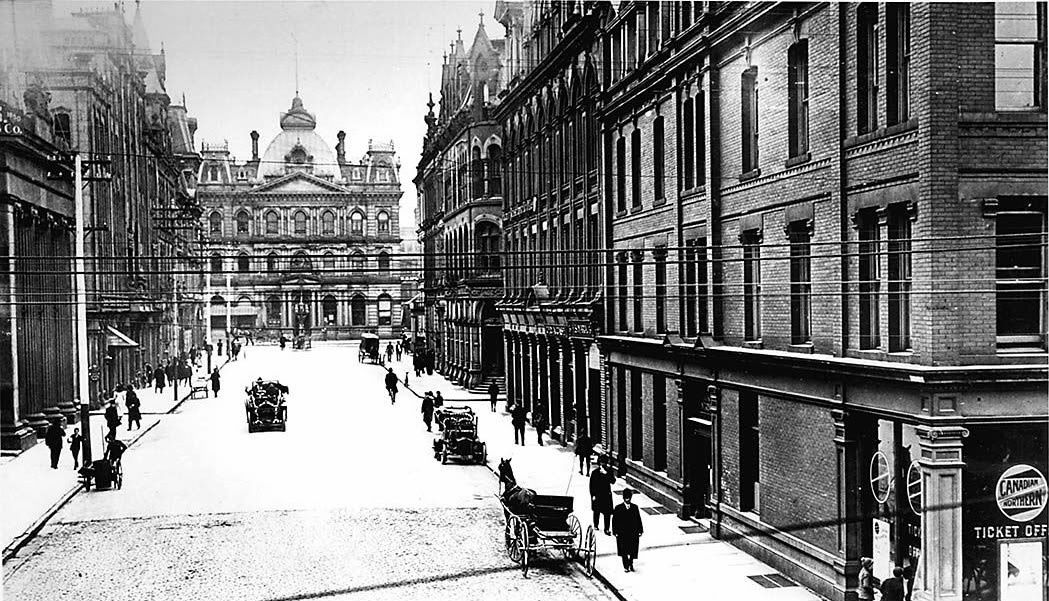
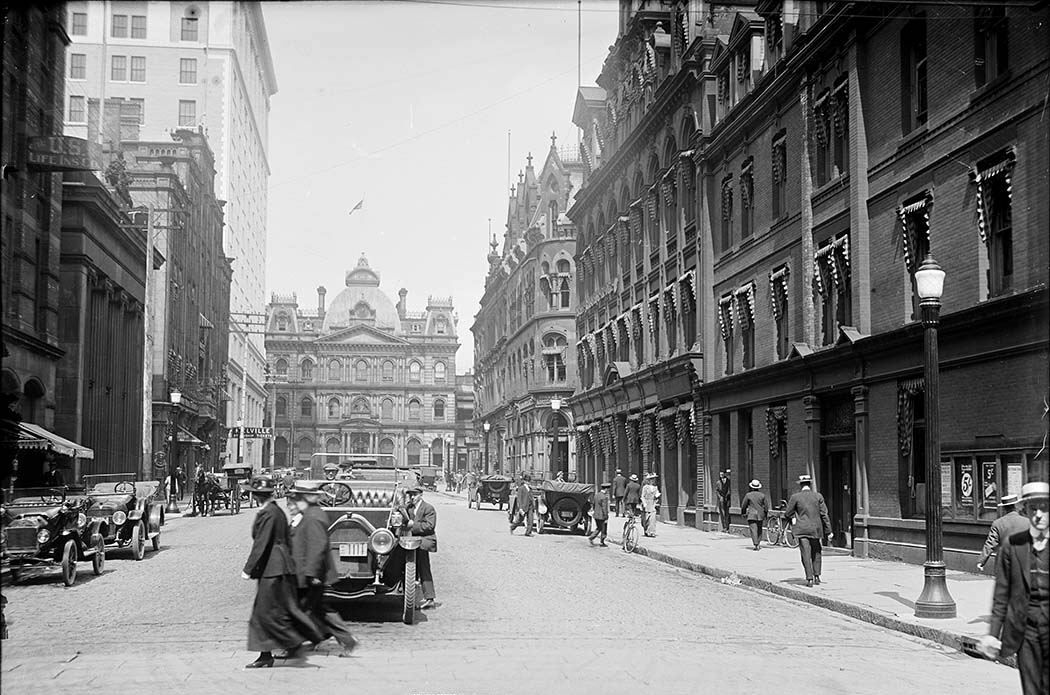
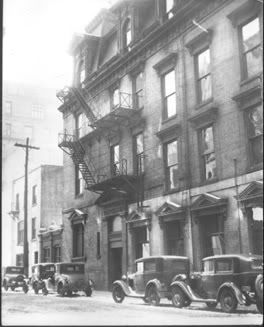


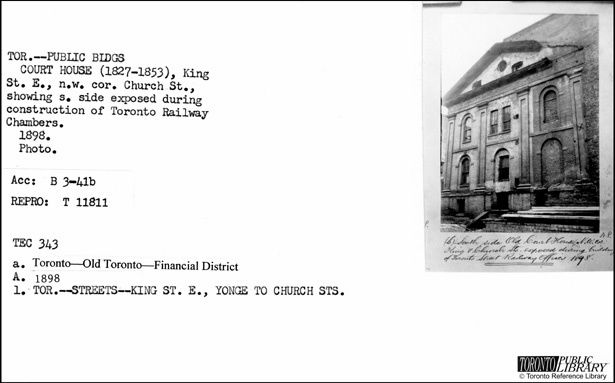

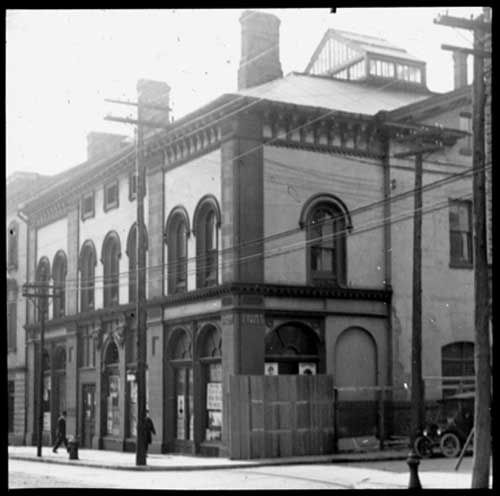

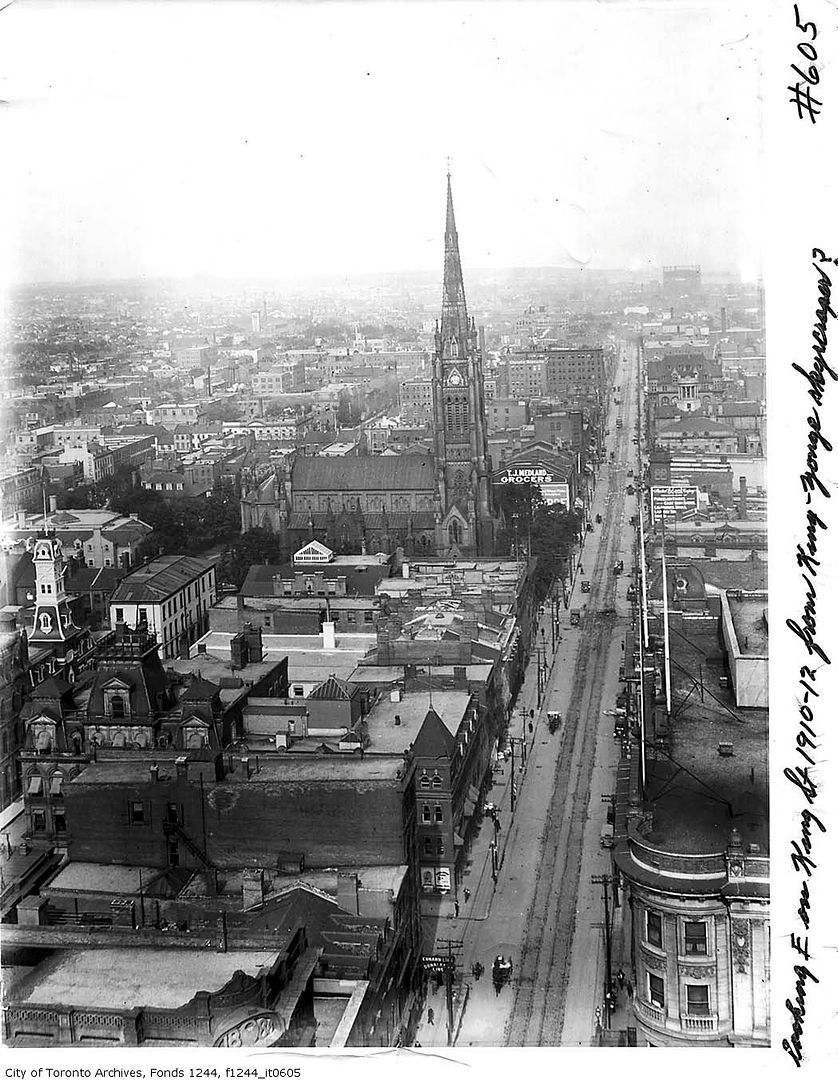


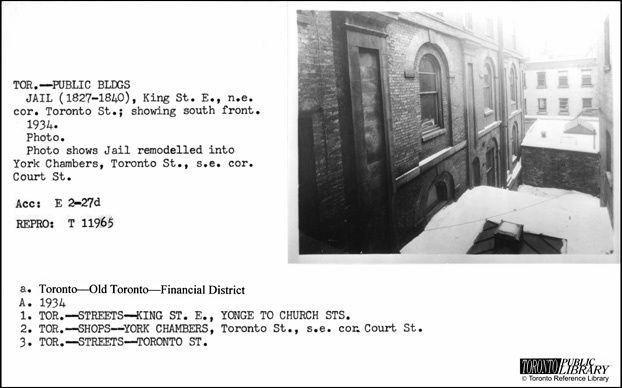
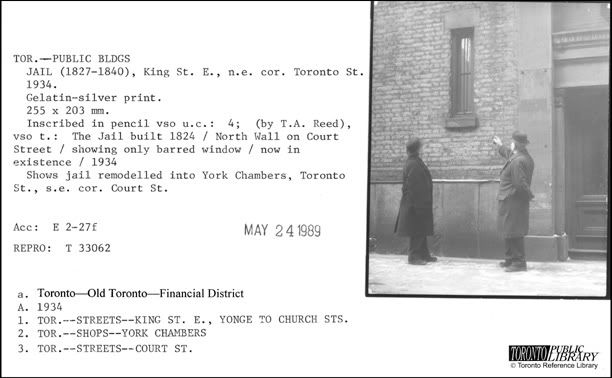

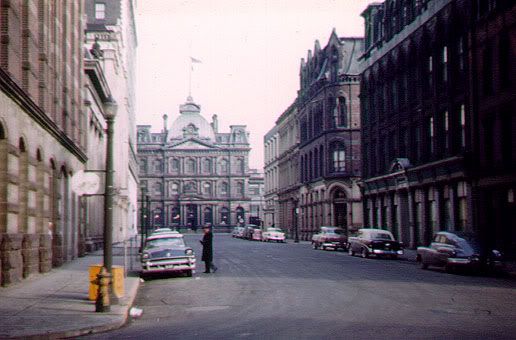
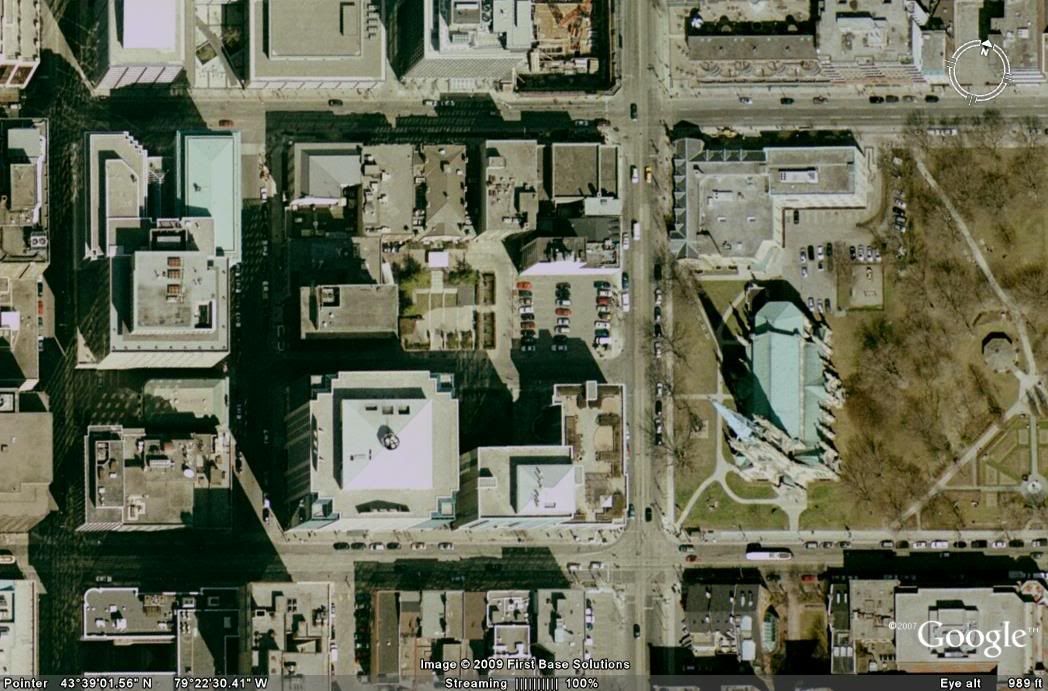
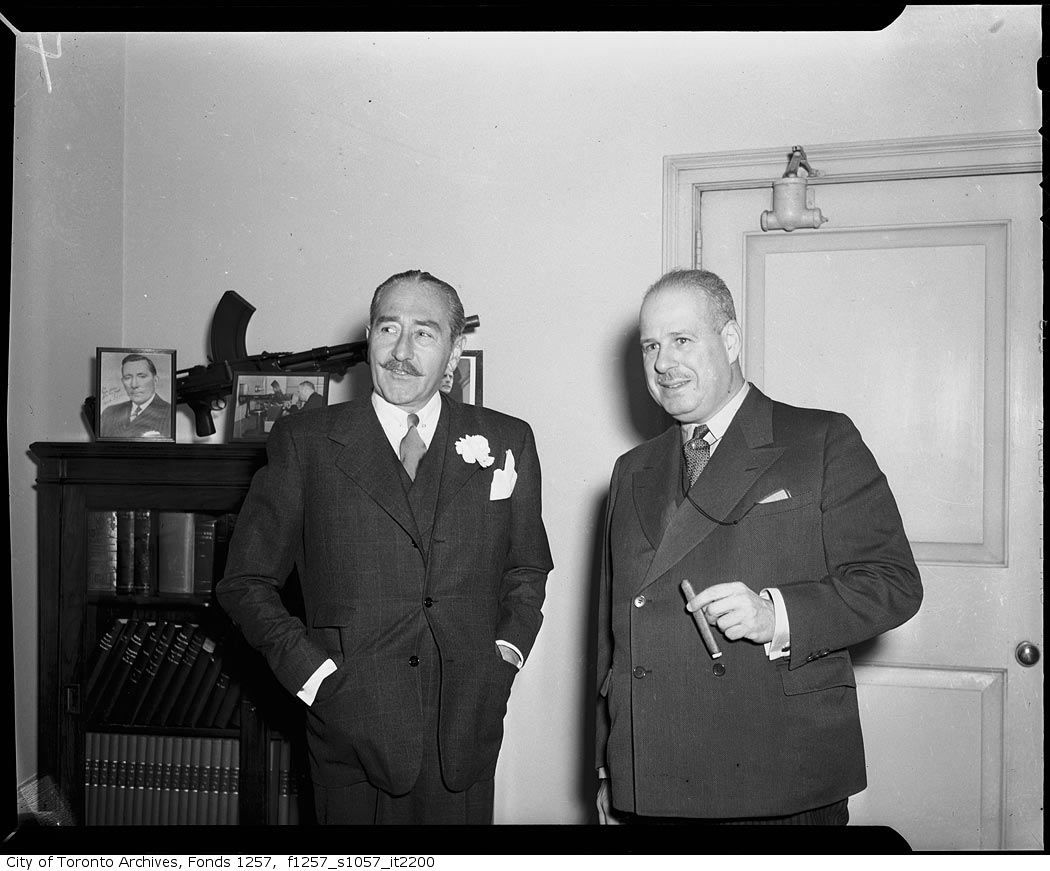
There was however a better example that is now gone for good and goes back to the beginning of the City's history, namely the original jail and courthouse that once stood at the north side of King between Toronto and Church Streets. They appear in some of the earliest renderings of the city and then vanish. They weren't immediately demolished though; they remained and became part of existing buildings that only revealed themselves in some later photographs during subsequent construction. York Chambers, which enveloped the old Jail on the corner of Toronto and Church Streets, stood until the blitzkeig of the 1950's.
How mysterious, how evocative of the past is the idea of "hidden" buildings, of living day-to-day with remnants from different eras, almost the reverse of "facadism" in that almost no one knows what's beneath the surface....





View on Court Street:


Views of the old Courthouse revealed....:


But for a few decades, it was one of the most complex blocks in Toronto, containing superb buildings (both seen and unseen) from every era, almost European in its secrets (note the side brick gable from the hidden Courthouse, just below the skylight of the building at Church & Court):

The Jail:





One of the last views devant le deluge:

Today. all memory and traces gone of jails, courthouses and almost 200 years of history (except for the plaque by Bruce Bell; kudos to him):
If you are interested in the Old Town area of Toronto you might enjoy Bruce Bell's columns in the Bulletin - the ghastly free 'newspaper' that serves the area. In the March column, not yet online, he talks about some of the old lanes and streets that are now gone and Leader Lane, that still remains. For at least some of his columns See: http://www.thebulletin.ca/cbulletin/catalog.jsp?sid=98519479658839729317690118362&ctid=1000011 As noted in the posting by thecharioteer, Bruce Bell has managed to get the $$ together to erect quite a few historic plaques in the area and his local walking tours are very good fun.




